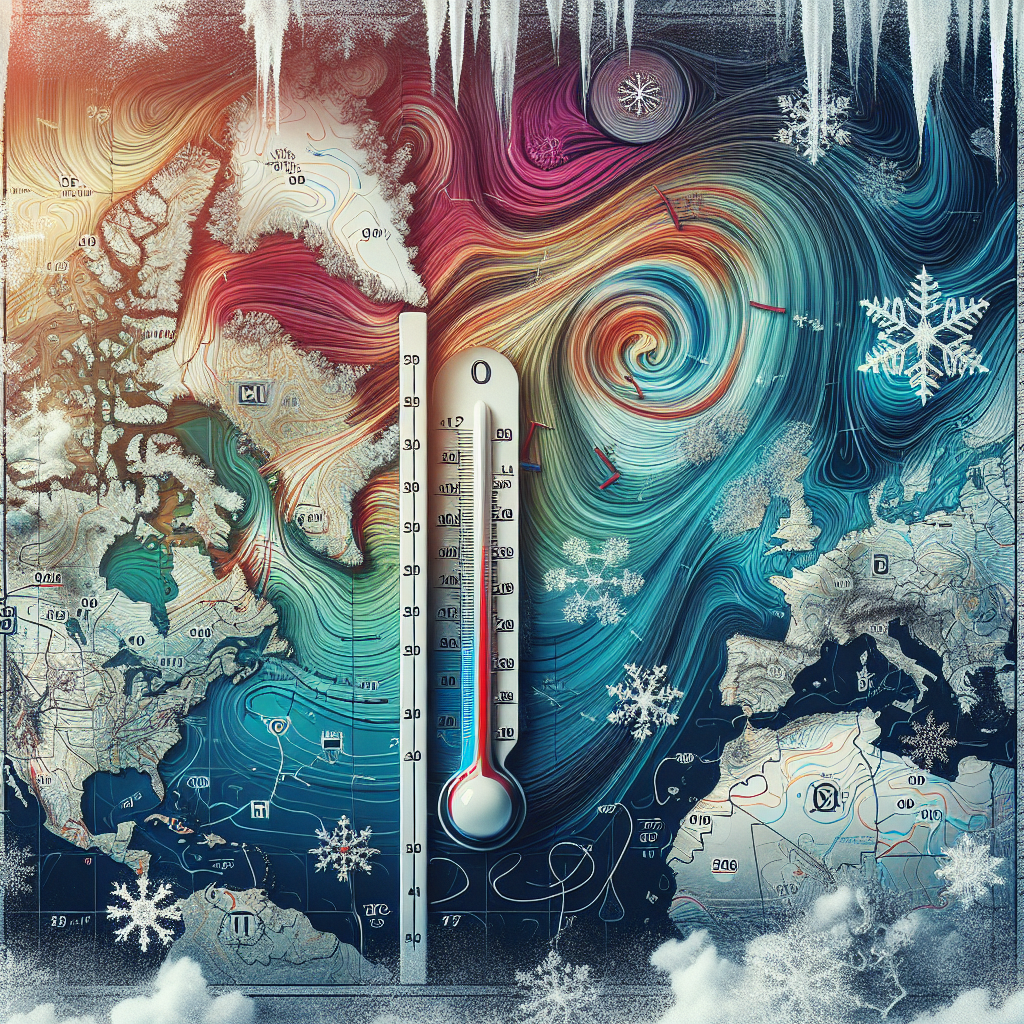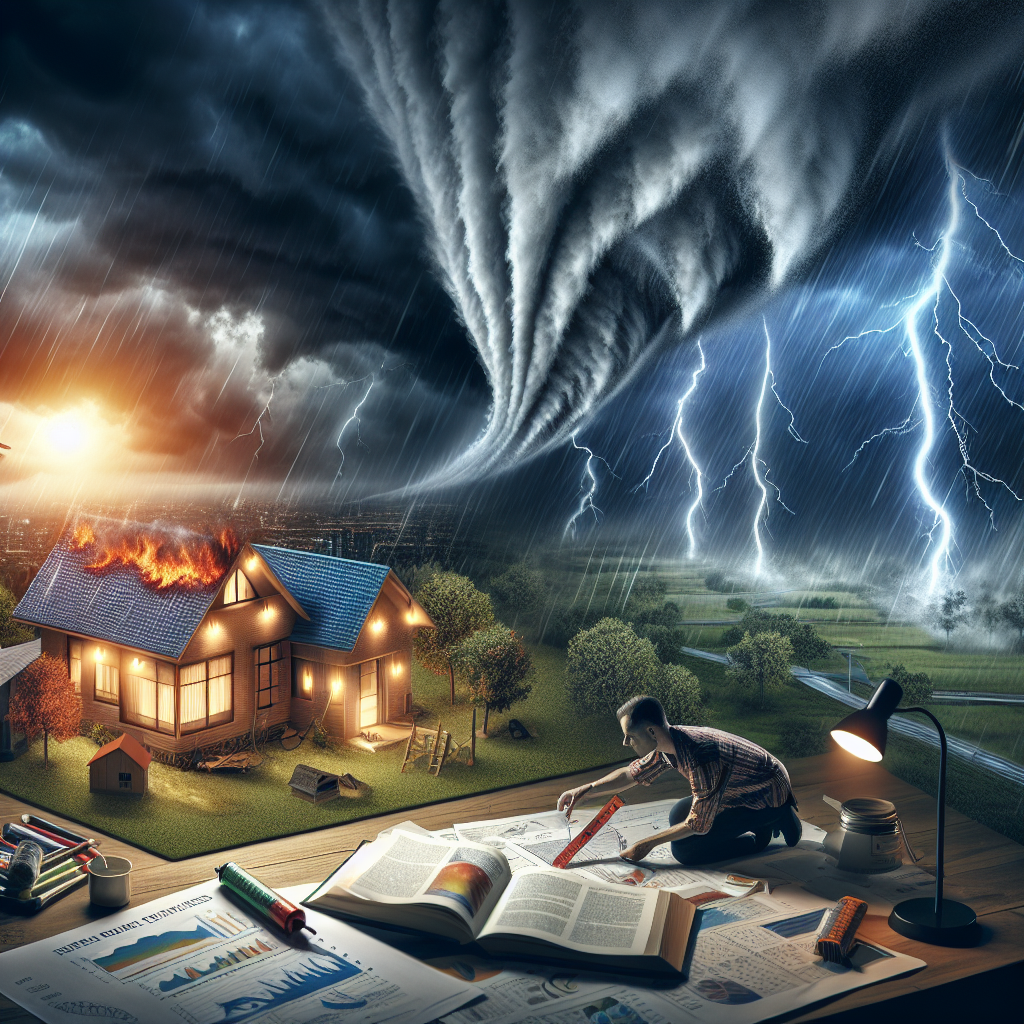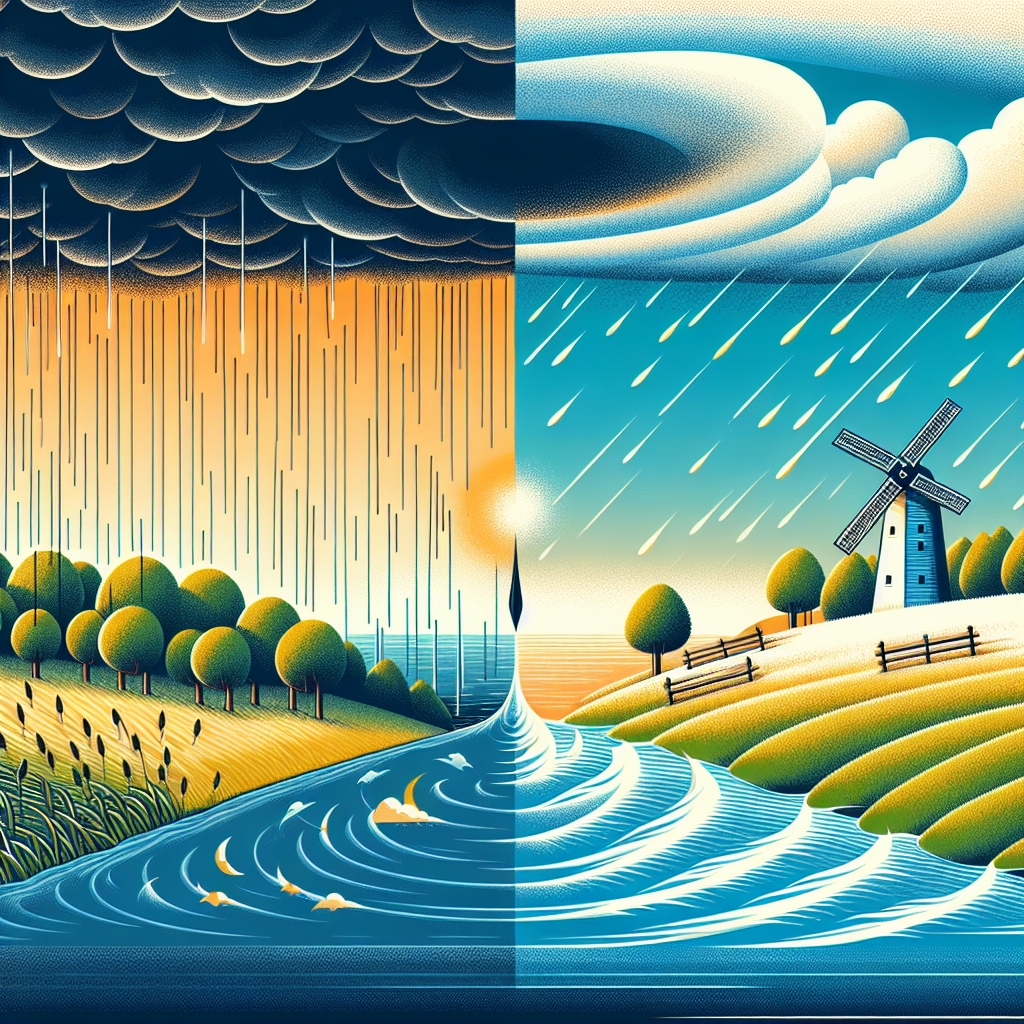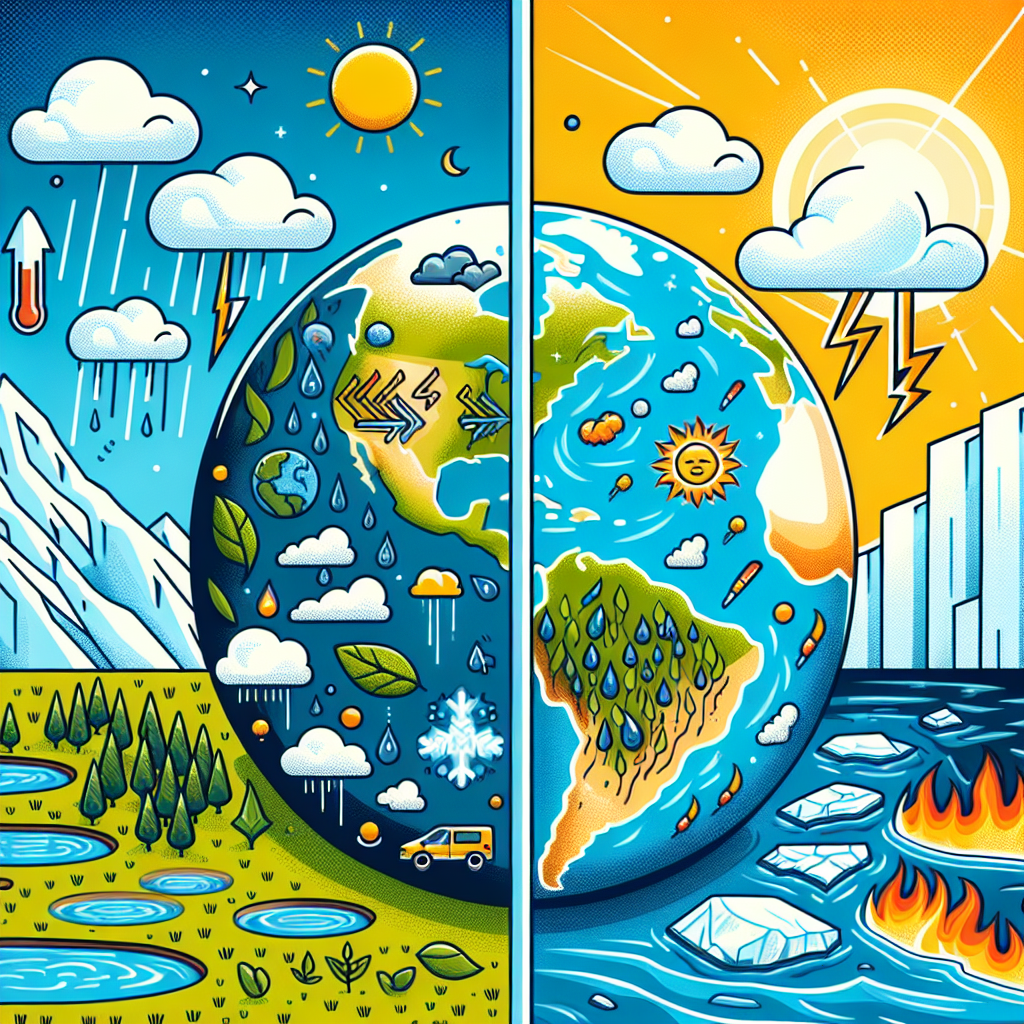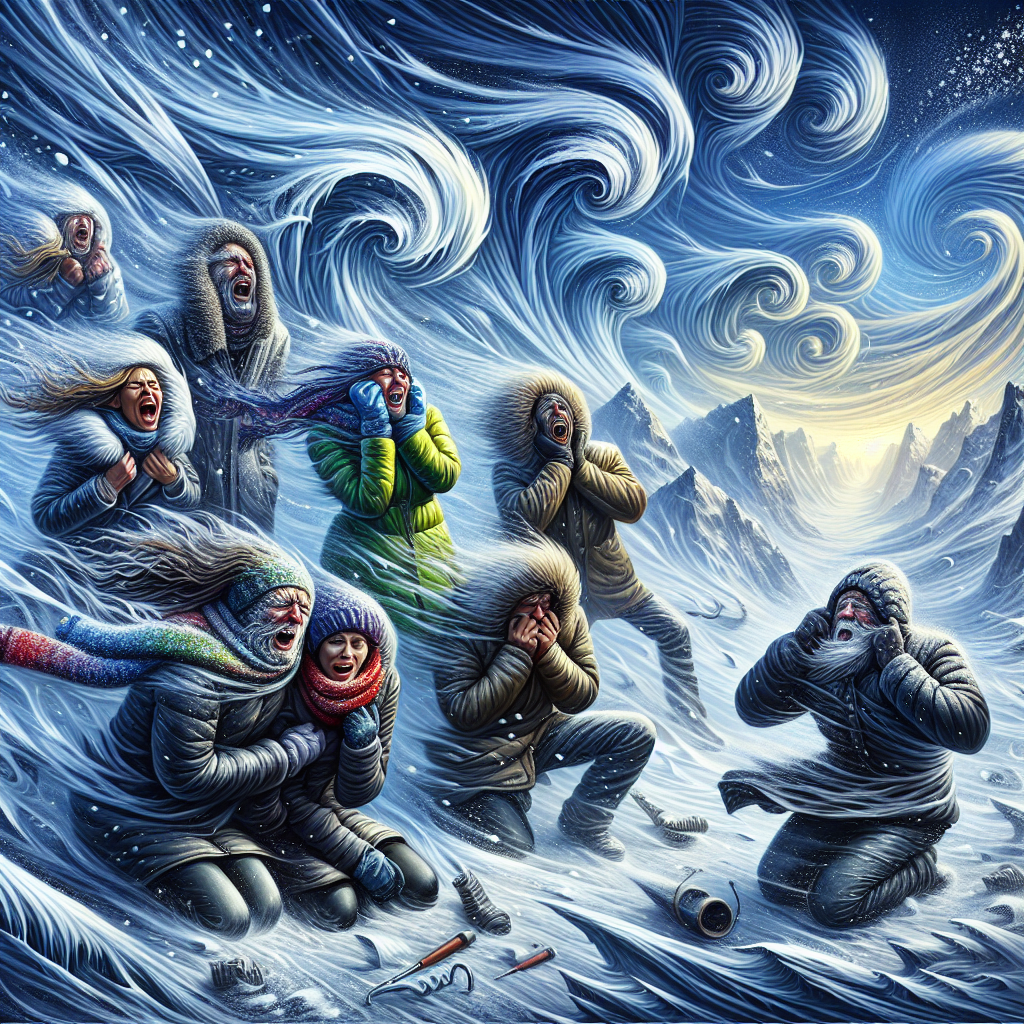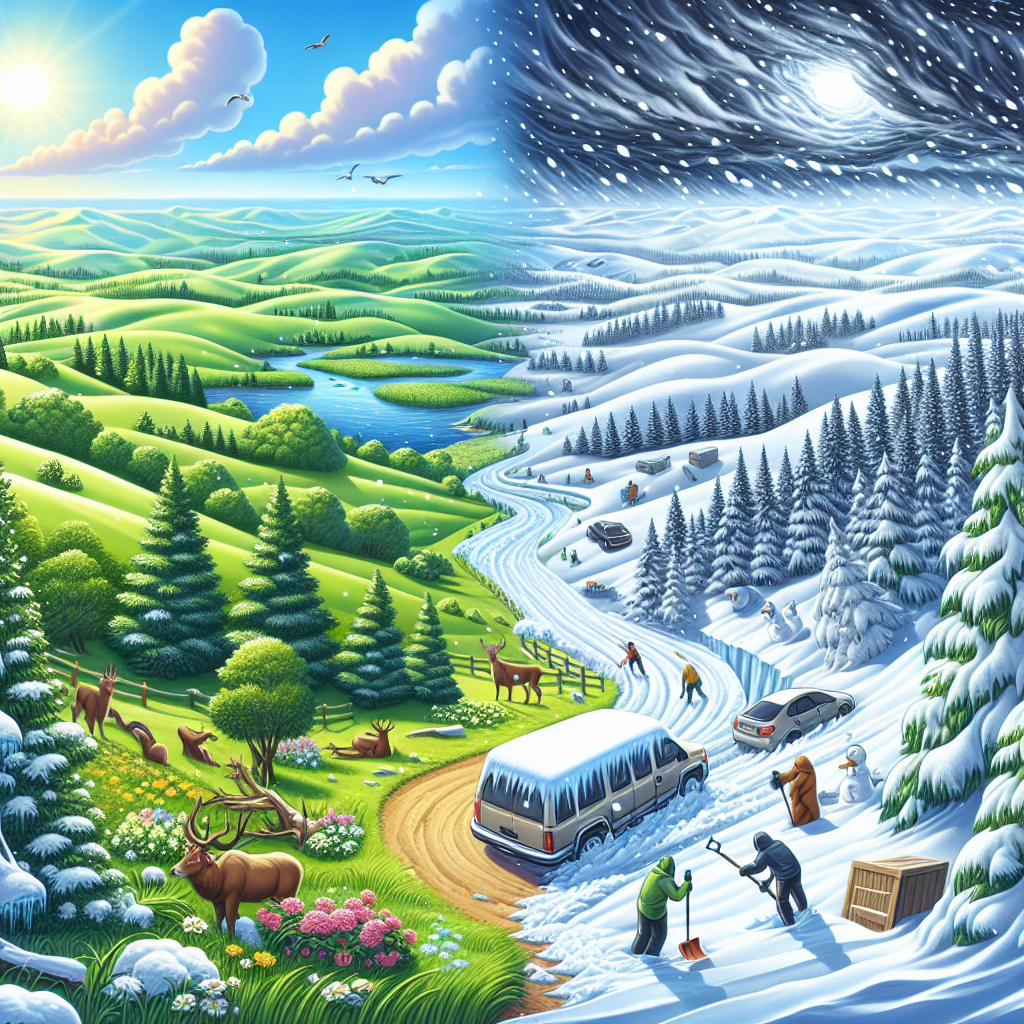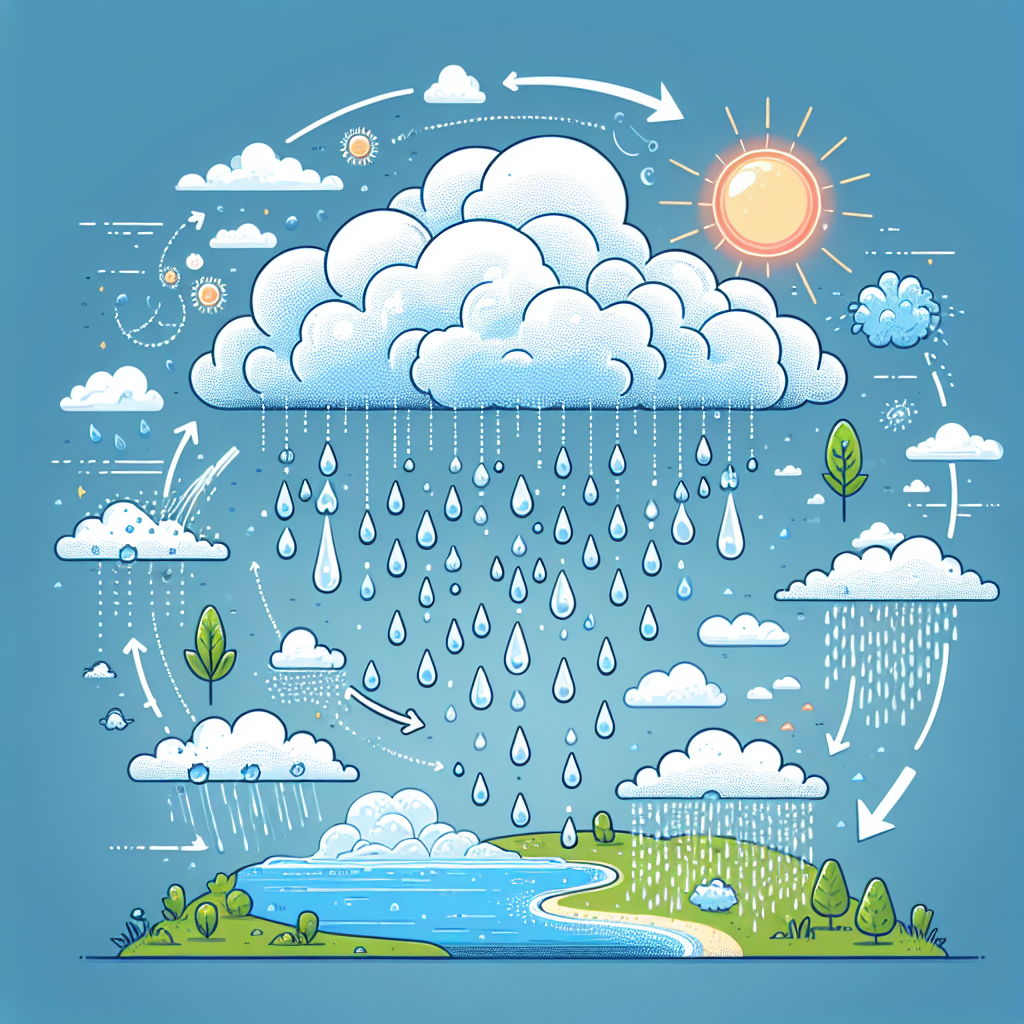The Art of Forecasting: How We Predict Weather
Understanding Weather Systems
Weather forecasting is the science of predicting atmospheric conditions at a particular location over a set period. The atmosphere is a complex system influenced by various factors, including temperature, humidity, air pressure, and wind patterns. Meteorologists study these elements to understand how they interact with one another and shape weather conditions.
The Role of Meteorology
Meteorology, the scientific study of the atmosphere, is crucial for understanding weather phenomena. It employs physics, mathematics, and environmental science to analyze current weather data and make predictions. Meteorologists often use dynamic models that describe the motion of air and the thermodynamic principles governing atmospheric processes.
Data Collection: Instruments and Techniques
To forecast weather accurately, meteorologists rely on various instruments and techniques to gather data. Key tools in this data collection process include:
Weather Stations: Ground-based stations equipped with sensors measure temperature, humidity, wind speed, direction, and atmospheric pressure. They provide localized data crucial for short-term weather predictions.
Radar Systems: Doppler radar technology detects precipitation, storm intensity, and movement, allowing meteorologists to observe and track severe weather systems, such as thunderstorms and tornadoes, in real-time.
Satellites: Weather satellites provide a bird’s-eye view of atmospheric conditions, capturing infrared and visible light images. They help in monitoring cloud cover, ocean temperatures, and large-scale weather patterns.
Buoys and Oceanographic Data: Buoys in oceans and large lakes collect data on sea surface temperatures and wave heights, which are vital for understanding weather patterns influencing coastal and inland climates.
Weather Balloons: These helium-filled balloons carry instruments called radiosondes that measure temperature, humidity, and pressure at various altitudes. The data collected helps meteorologists understand the vertical structure of the atmosphere.
Numerical Weather Prediction (NWP)
Numerical Weather Prediction (NWP) is a critical aspect of modern forecasting. It utilizes complex mathematical models to simulate the atmosphere’s behavior based on current data. These models consider numerous variables, including:
- Atmospheric pressure,
- Temperature,
- Wind speed and direction,
- Humidity levels.
The data is input into supercomputers that solve equations representing physical processes in the atmosphere. This powerful computing capability enables meteorologists to create weather predictions up to two weeks in advance, though short-term forecasts (up to 48 hours) are generally more accurate than long-term forecasts due to the chaotic nature of the atmosphere.
Types of Weather Forecasting
There are several approaches to weather forecasting, each serving different needs and timeframes:
Short-Term Forecasting: Typically covers up to 48 hours ahead and is predominantly based on current weather observations. Techniques include high-resolution computer models and real-time radar readings.
Medium-Range Forecasting: Extends from a few days to a week and incorporates broader models that analyze trends and patterns. Predictions in this range often focus on general temperature shifts and precipitation likelihood.
Long-Range Forecasting: Forecasts that extend beyond a week, often up to several months ahead. Long-range forecasts rely on climate patterns, such as El Niño or La Niña, and historical weather data rather than precise daily predictions.
Human Element: Meteorologists and Their Skills
While technology plays a significant role, skilled meteorologists are the backbone of weather forecasting. They interpret data, understand model outputs, and apply their knowledge of atmospheric science to make informed predictions. Key skills include:
- Analytical thinking: Interpreting large datasets and identifying trends.
- Communication: Explaining complex concepts clearly to the public.
- Problem-solving: Quickly adapting to changing conditions and uncertainties in predictions.
Challenges in Weather Forecasting
Despite advances in technology, weather forecasting remains a challenging field due to the atmosphere’s inherent complexity. Some challenges include:
Localized Events: Some weather phenomena, such as thunderstorms, can develop rapidly and are difficult to predict accurately due to their small scale.
Data Limitations: In certain regions, particularly remote areas, the lack of weather stations can lead to gaps in data, affecting forecast accuracy.
Climate Change: Altering established weather patterns can affect the reliability of historical data used for predictions.
The Impact of Technology on Weather Forecasting
As technology continues to evolve, so too does the field of weather forecasting. Innovations such as artificial intelligence and machine learning are being integrated into forecasting models to enhance accuracy. AI-driven algorithms analyze vast datasets faster than traditional methods, identifying patterns and improving prediction timelines.
Final Thoughts on the Art of Forecasting
Weather forecasting is a dynamic and evolving field combining the latest technological advancements with traditional meteorological practices. The successful predictions depend not only on data and models but also on the expertise and interpretation of skilled meteorologists. As climate science progresses and technology continues to improve, the art of weather forecasting will undoubtedly become more precise, providing individuals and communities with vital information needed to adapt to changing weather conditions and protect lives and property.




